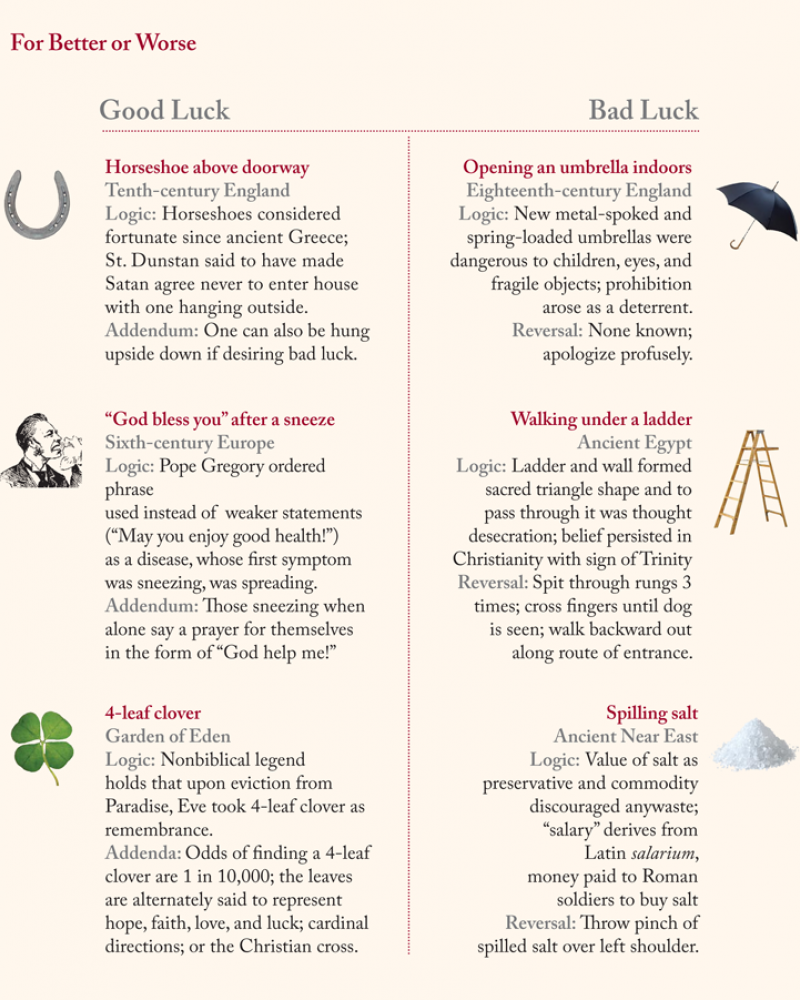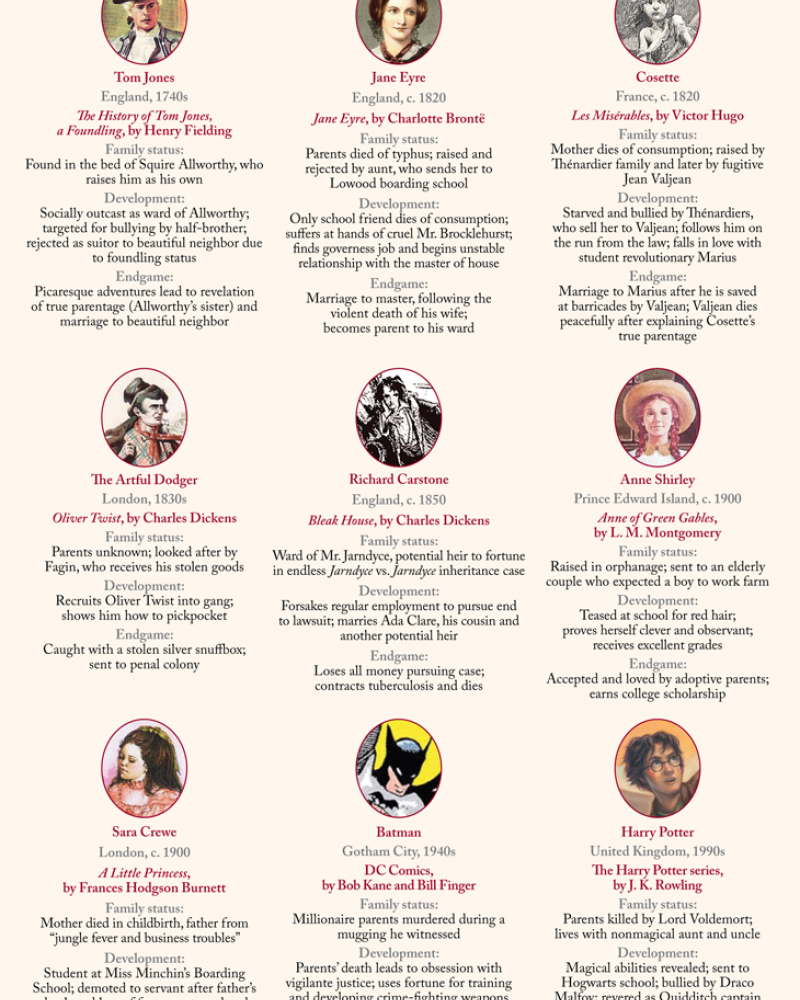Miscellany
After his death in 1665, Pierre de Fermat’s son Clement-Samuel discovered a copy of Arithmetic, a third-century math book by Diophantus, in which Fermat had written on one page, “It is impossible…for any number which is a power greater than the second to be written as the sum of two like powers [xn + yn = zn for n > 2]. I have a truly marvelous demonstration of this proposition which this margin is too narrow to contain.” His son published the note, and “Fermat’s Last Theorem” beguiled mathematicians for over 350 years, until it was proved by Andrew Wiles, with Richard Taylor, in 1995.


